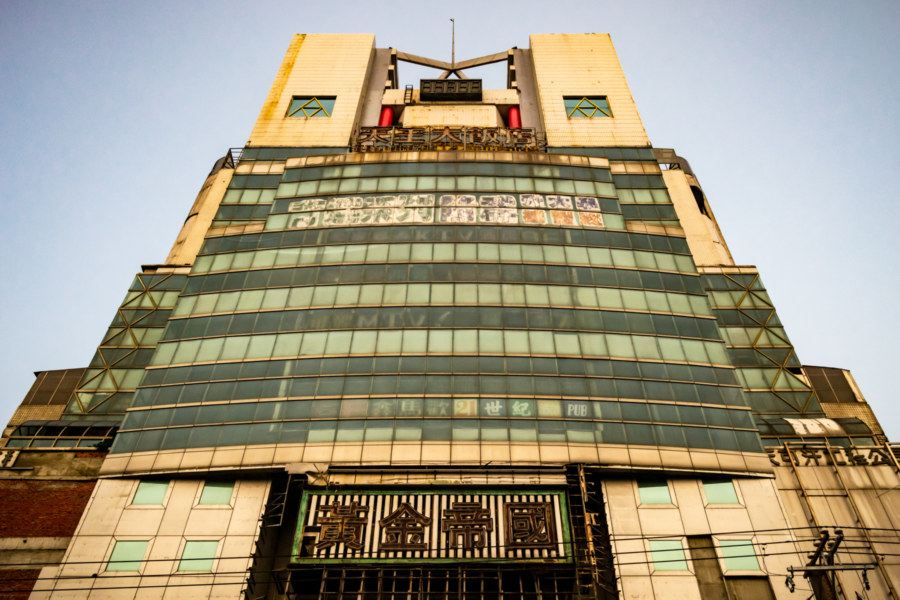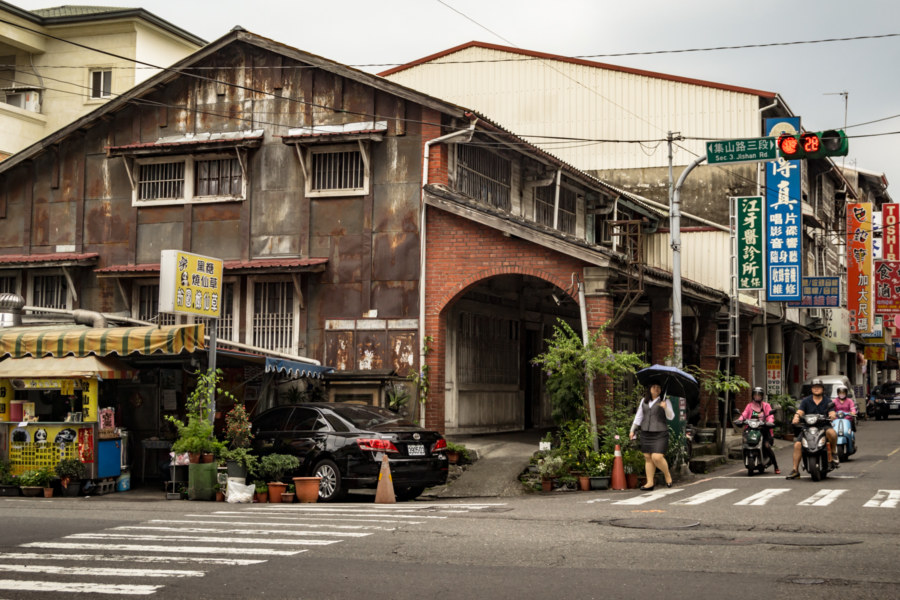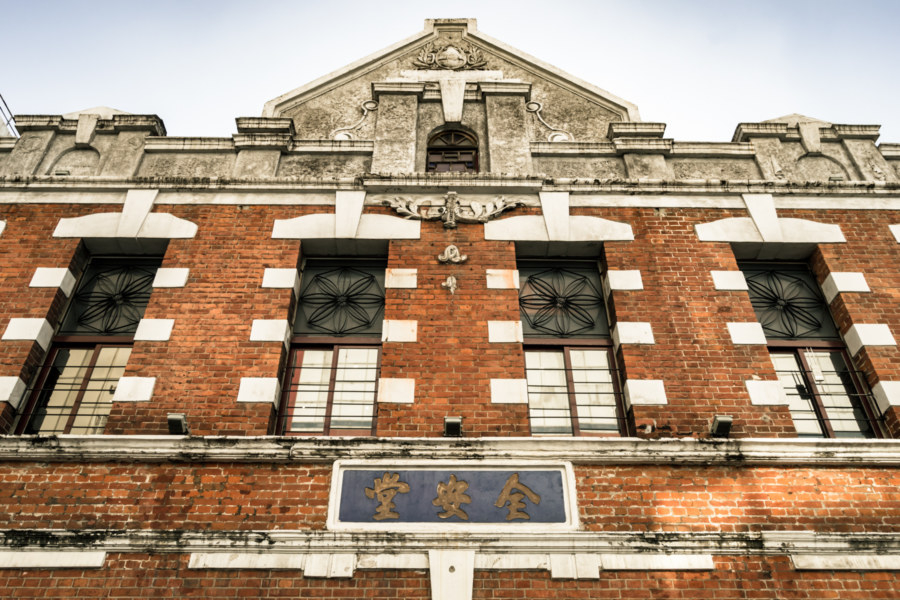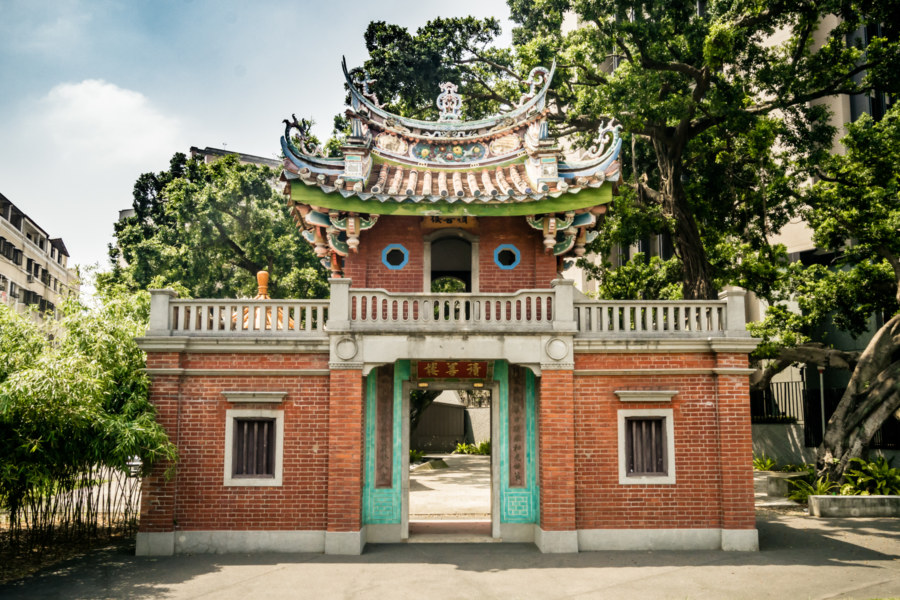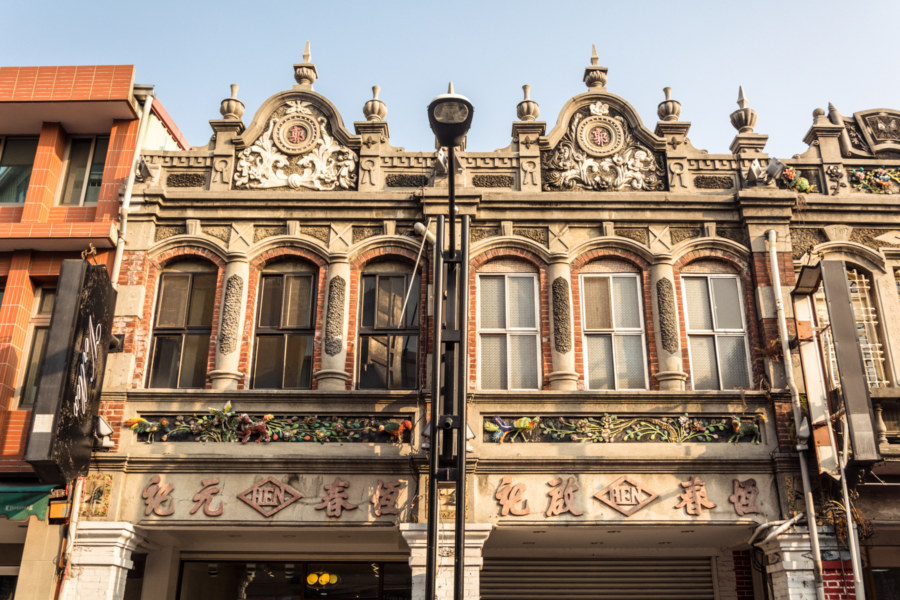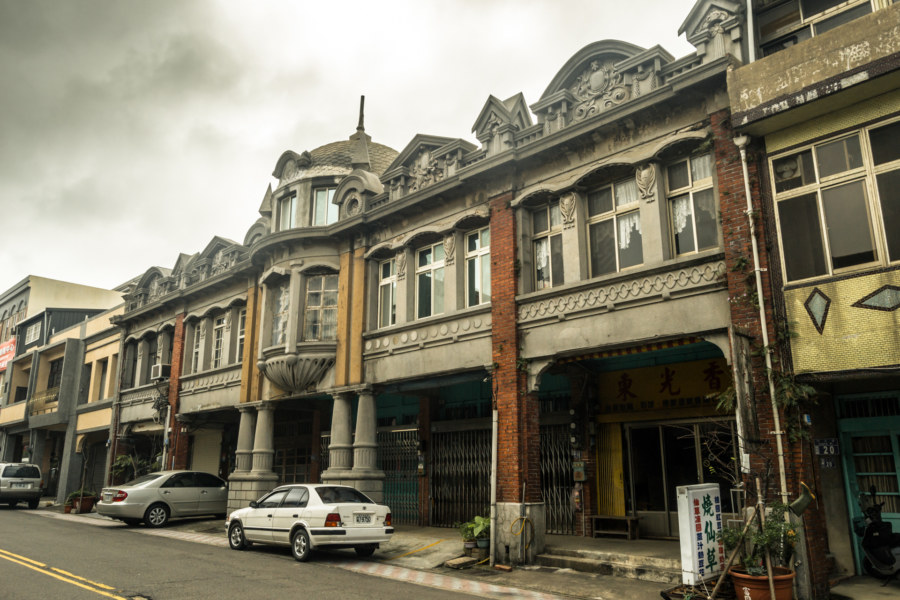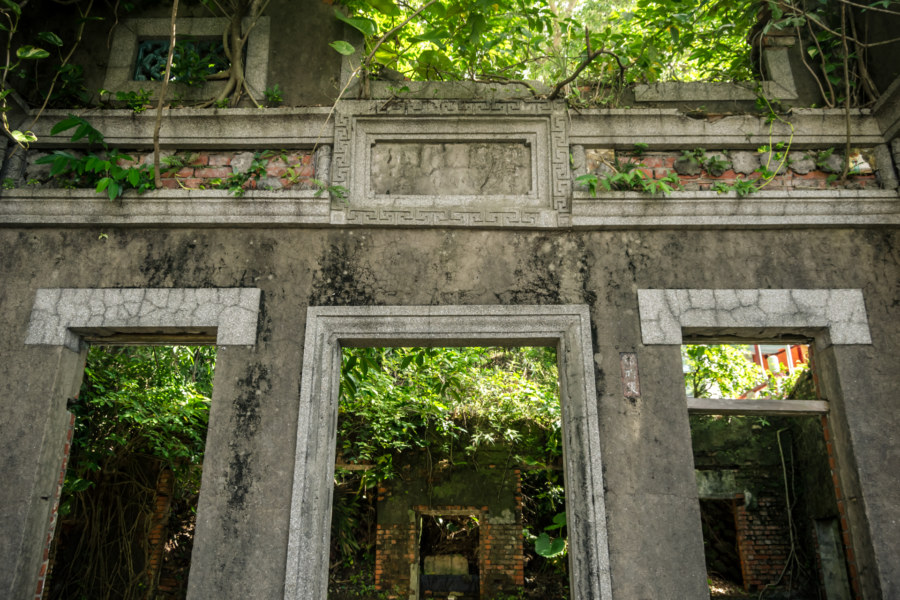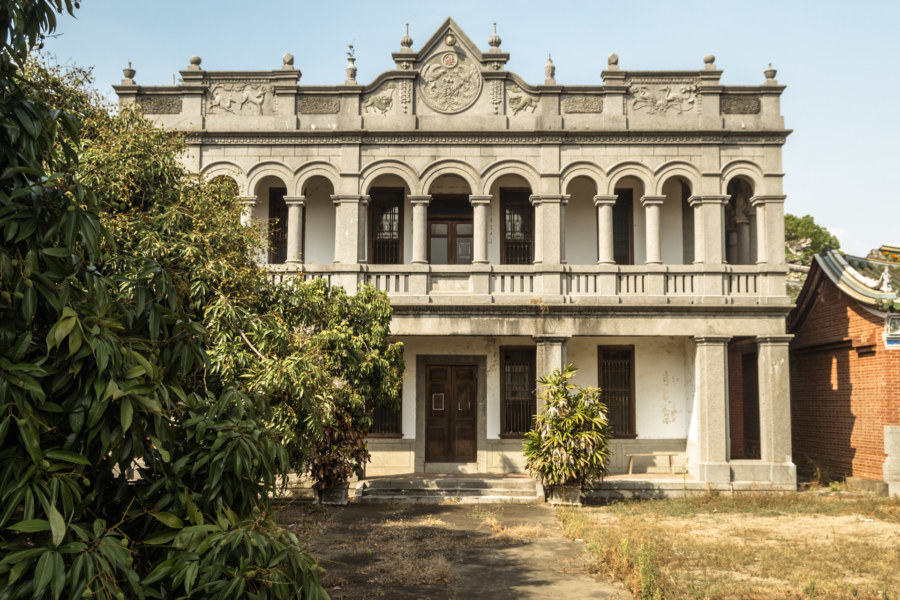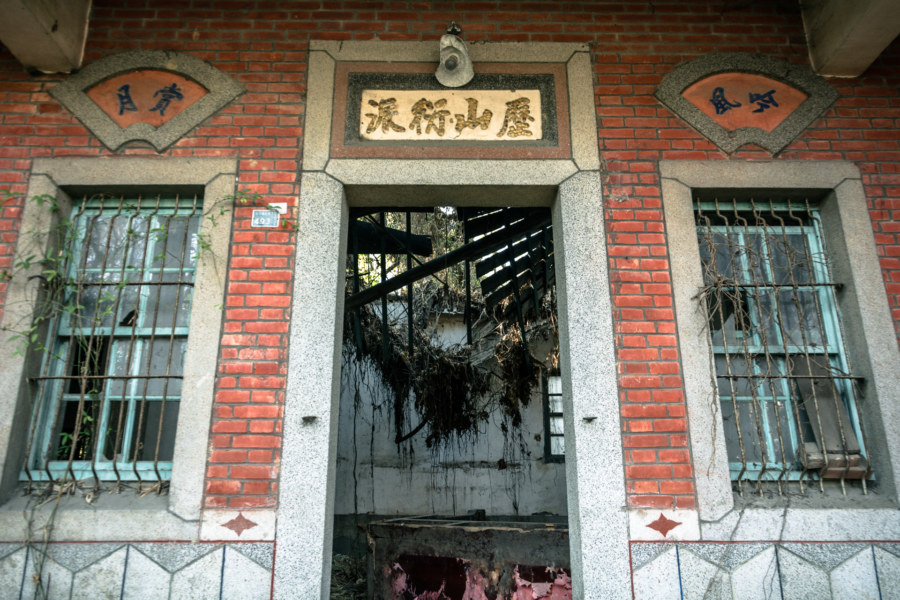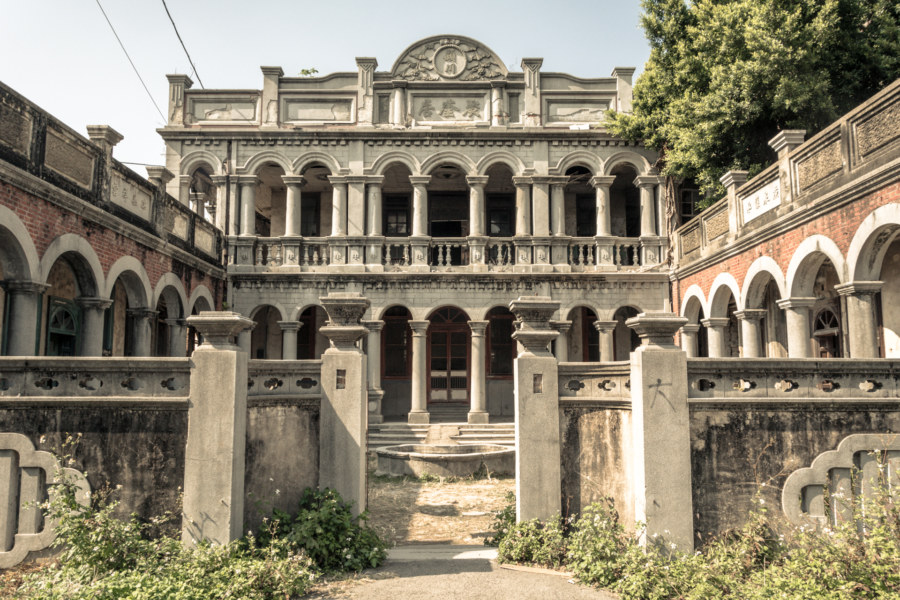Yuanlin is a modest settlement of approximately 125,000 residents located on the Changhua Plain (彰化平原) in eastern Changhua, Taiwan. It was formerly the most populous urban township in the nation, but Yuanlin was upgraded to a county-controlled city in 2015, second only to the administrative capital, Changhua City. Considerable work has been done in recent years to improve the urban environment of Yuanlin, and it feels like one of the few places between Taichung and Tainan that isn’t falling into disrepair and emptying out. That being said, urban decay remains widespread in Yuanlin, and there are many interesting ruins worth exploring before they disappear. For students of city planning and development this compact city also has quite a lot to offer—and in this post I aim to introduce some of its more intriguing features, mainly drawing upon photographs from 2013 to 2015, when I was spending significant amounts of time in the area.
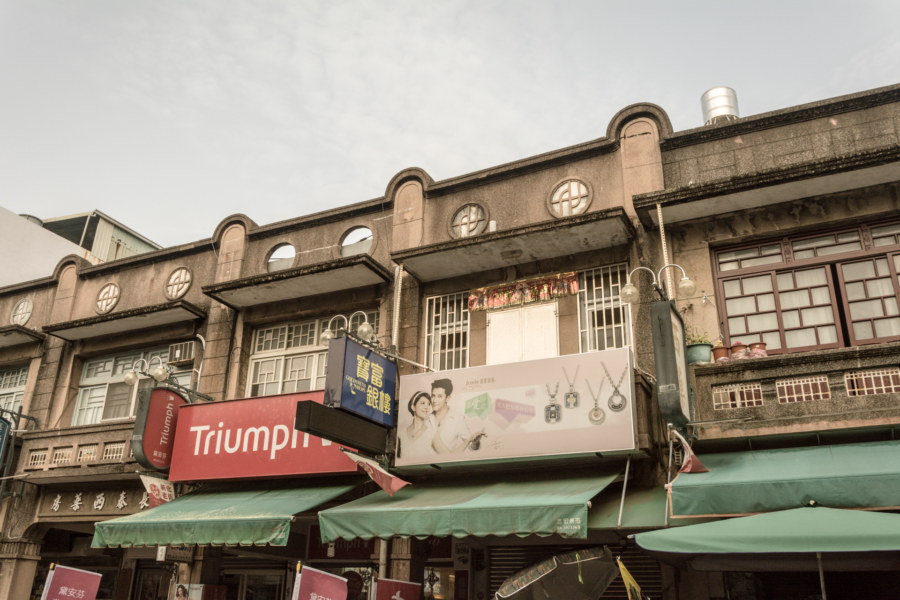
Minyang Fusion Architecture (閩洋折衷建築建築) is a form of early 20th century vernacular architecture distinguished by an eclectic blend of traditional Fujian and modern Western styles. Drawing influence from the decorative motifs of Baroque Revival, Art Deco, and Modern architecture, the Minyang Fusion style is most commonly seen on shophouses, mansions, and courtyard homes (sanheyuan). Think of it as the common counterpart to the more formal and institutional western architectural style seen on government and commercial buildings, particularly during the Japanese colonial era.
Postcards From Zhushan 竹山明信片
Zhushan (literally “Bamboo Mountain”) is a historic yet obscure township in southwestern Nantou mainly known for cultivating tea and bamboo. The town itself is one of the oldest in central Taiwan but it hardly feels that way. Many of Zhushan’s most historic structures were destroyed or damaged beyond repair in the devastating 921 Earthquake that struck in 1999, which is why its “old street” is lined with modern buildings. Most travellers pass through Zhushan on the way to attractions deeper into the rugged interior of Taiwan without sparing it a second glance—but I stopped for a closer look in the summer of 2017 while on an impromptu road trip. After staying the night in a sleazy love motel never meant for sleep (there was no way to switch off the lights) I wandered around in the morning haze, capturing traces of Zhushan’s history as it disappears into memory.
Quan’an Hall 全安堂
Quán’ān Hall 全安堂 is a century-old building on Taiwan Boulevard 臺灣大道 not far from the old train station in Taichung. Built in 1909 with red brick, reinforced concrete, and a Neo-Baroque style commonly attributed to Japanese architect Tatsuno Kingo 辰野金吾 (中文), it was a pharmacy for many decades, and more recently a bakery. A few years ago it was rebranded as the Taiwan Sun Cake Museum 台灣太陽餅博物館, which now operates a gift store on the ground floor and, beneath the exposed wooden beams of the restored rooftop on the second level, a cafe, event space, and interactive museum.
Jishan Gatehouse 積善樓
Jīshàn Gatehouse (積善樓; sometimes written as Chishan or Chijhan) is a minor historic building not far from Taiyuan Station (太原車站) in Beitun, Taichung. Originally this site was occupied by the residences of the Lài (賴) family, immigrants from Zhangzhou in China, who made their home here in 1897. Decades later they funded the construction of this unusual gatehouse on the recommendation of a fengshui (風水) master; the name of the building literally translates to “accumulate goodness”. The design and some of the materials are Chinese but the structure also shows western influences and craftsmanship as filtered through Japan. Five banyan trees surrounding the gate are the only other legacy of the homes that once existed here. Nowadays the area is a city park.
Taiping Old Street 太平老街
Taiping Old Street (太平老街) is an unusually long stretch of Japanese colonial era shophouses in central Douliu, the administrative seat of Yunlin, Taiwan. Located not far from the train station, this old street is remarkable for its length (600 meters long), consistent architectural style (almost entirely local variations on Baroque Revival), and relatively good state of preservation. Despite this, it is not a huge attraction, which is just as well if you’re not a big fan of mass tourism in Taiwan.
Fugang Old Street 富岡老街
Fùgāng Old Street 富岡老街 is an obscure anachronism in the western part of Taoyuan, Taiwan. It extends from a railway station that opened during the Japanese colonial era in 1929 through the heart of this small Hakka town. The coming of the railroad brought prosperity to the area and several ornate shophouses were built around the station in a mishmash of architectural styles common at the time. Nowadays it is just another street in rural Taiwan, albeit one with a little more history than most, possibly because it is too unimportant a place for modernization to have swept away these vestiges of the past.
Khoo Tsu-song Old House 許梓桑古厝
Khóo Tsú-song Old House 許梓桑古厝 is a scenic historic site atop a modest hill near Miaokou Night Market 廟口夜市 in Keelung. Built in 1931 while Taiwan was under Japanese rule, it is structured somewhat like a traditional Taiwanese three-sided courtyard home with some Western influences and building materials. Formally named Qìngyú Hall 慶餘堂, it was the residence of Khóo Tsú-song (1874–1945), an important figure in local politics and civic affairs during the Japanese colonial era. His name is rendered here in romanized Taiwanese Hokkien, in keeping with the conventions adopted by the Keelung cultural bureau.
Yumei Hall 玉美堂
Yùměi Hall 玉美堂, also known as known as Hóng Family Mansion 洪氏洋樓, is located in Jiālǎo Village 茄荖村, a small settlement on the eastern edge of Fenyuan in Changhua, Taiwan. Built in the late 1920s when the village was administered as part of Caotun in Nantou, it is one of only a handful of “Western-style” country manors built in central Taiwan during the Japanese colonial period (see my post about Jùkuíjū 聚奎居 for another great example).
Hemei Yao Family Old Home 和美姚家老屋
I went out riding through Hemei not so long ago, drawn by the allure of a mysterious building that I will write about sometime soon. On the return trip I noticed this old home peeking out of the woods at the side of Zhāngxīn Road 彰新路, better known as highway 139. I don’t stop every time I see the signs of abandonment—for I would never get anywhere at all in rural Taiwan if I did so—but this place seemed worth a look. After pushing through the overgrowth I was impressed by the beauty of the stonework and inscriptions on the outside of the building.
Jukuiju 聚奎居
Jùkuíjū 聚奎居 is an abandoned mansion in Wuri, Taichung, built in 1920 by Chén Shàozōng 陳紹宗, a wealthy businessman and landowner. The architecture is a combination of the traditional Taiwanese sānhéyuàn 三合院 (a U-shaped building with three parts surrounding a central courtyard) and the Baroque Revival style of the Japanese colonial era. It is located on the rundown, industrial margins of the city, along an otherwise unremarkable lane next to a military base, looking completely out of place in space and time.
